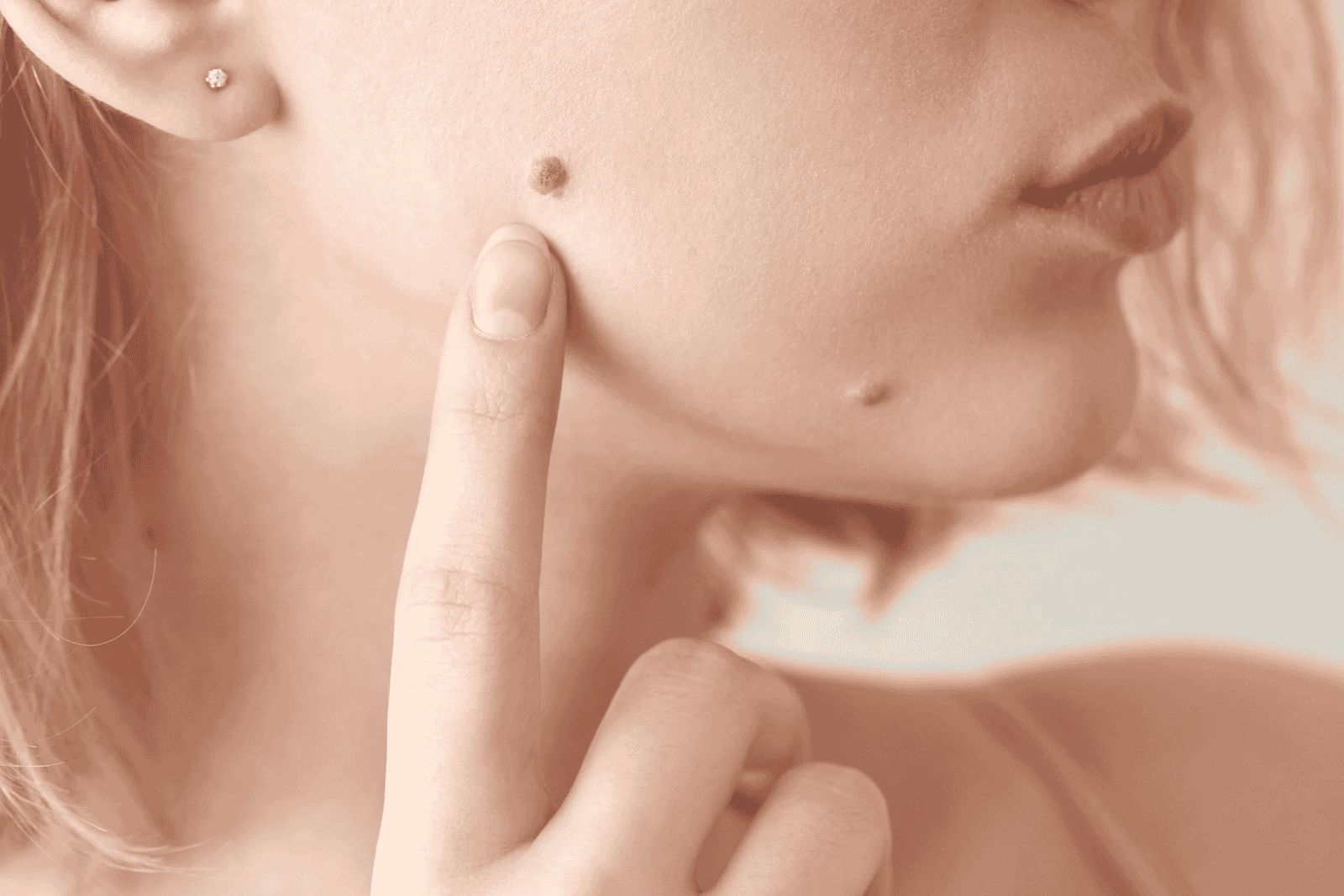If you’ve ever noticed small, soft bumps on your skin, you might have come across skin tags. These tiny growths are usually harmless, but they can be a nuisance, especially when they appear in visible or sensitive areas. While some people ignore them, many seek skin tag treatment for comfort, aesthetic reasons, or simply peace of mind. Understanding why medical intervention matters, and how to do it right, can make a significant difference in how your skin heals and looks.
Understanding Skin Tags and Their Impact
Skin tags, or acrochordons, are benign growths that often appear on areas like the neck, underarms, eyelids, and groin. They are generally painless but can become irritated when they rub against clothing, jewelry, or skin folds. For some people, the presence of skin tags affects confidence, especially when they appear on highly visible areas such as the face or neck. Beyond aesthetics, friction or repeated irritation can make skin tags sore, inflamed, or prone to bleeding, highlighting the importance of proper skin tag treatment.
While the exact cause of skin tags isn’t fully understood, factors such as genetics, hormonal changes, and friction in skin folds play a role. They are more common as people age or gain weight. Even though they are not dangerous, leaving them untreated in areas prone to irritation can worsen discomfort over time. Understanding their impact is the first step toward making informed treatment decisions.
Medical Skin Tags Treatment: Doing It Right
When it comes to professional care, medical procedures are the safest and most effective skin tags treatment. These treatments are performed under sterile conditions by trained professionals, reducing the risk of infection and minimizing scarring. Medical interventions are especially recommended for larger tags, sensitive areas, or situations where multiple growths are present.
Cryotherapy
One of the most common medical treatments is cryotherapy. This procedure involves applying extreme cold, usually with liquid nitrogen, to the skin tag. The freezing process destroys the tissue, causing the tag to fall off within a few days. Cryotherapy is quick, relatively painless, and highly effective, making it a popular choice for smaller skin tags. Because it is controlled by a medical professional, the risk of damaging surrounding skin is minimal, which ensures a cleaner healing process.
Excision
Excision is another frequently used method. During excision, a dermatologist removes the skin tag using a scalpel or surgical scissors. This approach is precise and effective, particularly for larger or stubborn growths. Local anesthesia is often applied to minimize discomfort, making the procedure quick and manageable. Excision allows the professional to address the skin tag in a controlled environment, ensuring proper removal and reducing the chance of complications.
Electrosurgery
Electrosurgery, also known as cauterization, uses an electric current to burn off the skin tag. This method not only removes the tag but also seals blood vessels during the process, minimizing bleeding and promoting faster healing. Electrosurgery is particularly useful for tags located in areas where slight bleeding could be problematic or for patients who prefer a method that offers immediate results without prolonged recovery.
Laser treatment
Laser treatment has emerged as a high-precision option in modern dermatology. Using focused light, laser treatment vaporizes the skin tag while leaving the surrounding skin largely unaffected. This technique is particularly advantageous for sensitive areas such as the eyelids or face, where precision and minimal scarring are priorities. Laser procedures are highly controlled, and recovery is typically quick, making them an appealing option for those who value both safety and cosmetic outcomes.
Ligation
Another medical method, ligation, involves tying off the base of the skin tag with sterile equipment. By cutting off blood flow, the tag gradually falls off without the need for cutting or burning. When performed in a medical setting, ligation is safer than attempting it at home, where infection and improper technique are common risks. Medical supervision ensures the procedure is sterile, effective, and less likely to cause complications.
Choosing the Right Procedure for You
Selecting the appropriate medical skin tags treatment depends on several factors, including the size, bins location, and number of skin tags, as well as your overall health. For example, tags near sensitive areas like the eyelids require delicate care, while multiple tags in one region might benefit from a combination of methods. Personal health conditions, such as diabetes or circulation issues, also influence the choice of treatment.
Consulting a dermatologist is the safest approach. Professionals can assess the tags, recommend the most suitable method, and explain what to expect during and after treatment. By doing so, patients can ensure that the removal process is both safe and effective, reducing the likelihood of complications such as infection or scarring.
Recovery and Aftercare
Even with professional skin tags treatment removal, proper aftercare is crucial for a smooth recovery. Cleaning the treated area gently, keeping it dry, and avoiding scratching or picking at the site are important steps. Watching for signs of infection, such as redness, swelling, or discharge, is essential. Following the dermatologist’s instructions ensures that healing is optimal and that the treated area remains healthy and cosmetically appealing.
Post-treatment care also helps prevent recurrence. While skin tags can reappear, maintaining healthy habits such as wearing breathable clothing, managing friction-prone areas, and monitoring skin changes can minimize the chances of new growths. Medical treatment, combined with careful aftercare, ensures lasting results.
Conclusion
Skin tags may be small, but their impact on comfort, confidence, and skin health should not be underestimated. Medical skin tag treatment offers the safest and most effective way to remove these growths, whether through cryotherapy, excision, electrosurgery, laser treatment, or ligation. Each method is designed to address specific needs while minimizing risks and promoting smooth recovery.





Be First to Comment